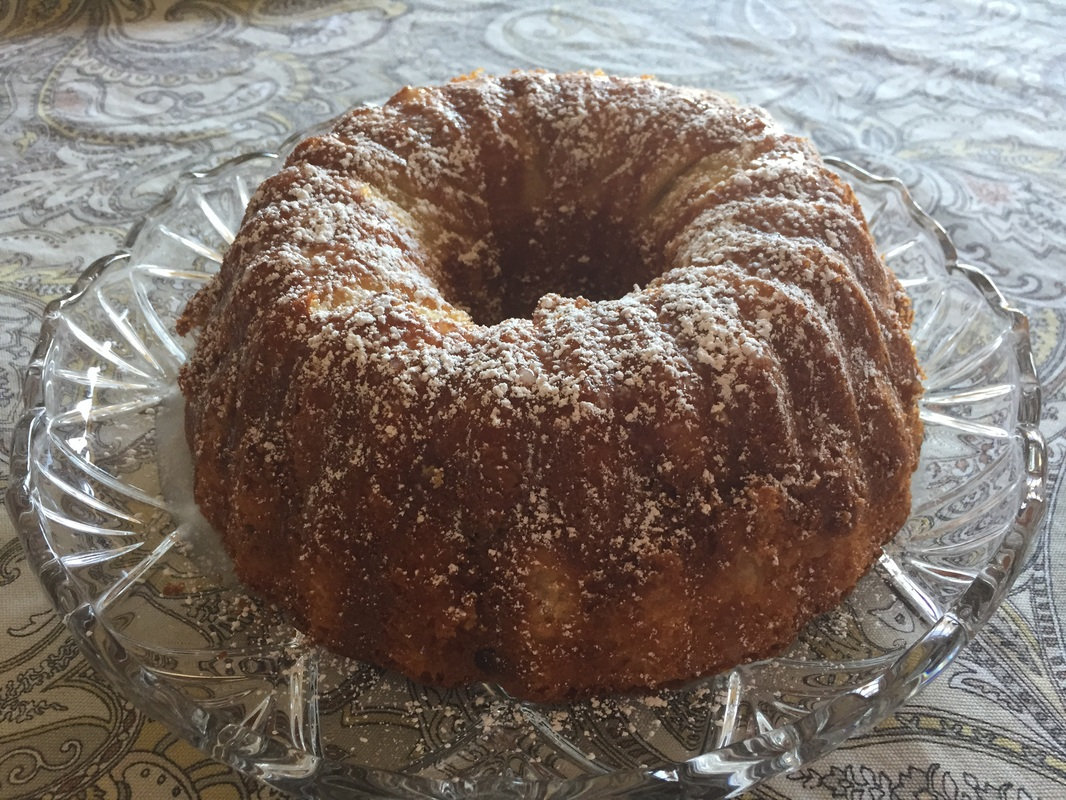Recipes have been used to promote goods since the mid-19th century, helping launch and sell products such as Quaker Oats, Jell-O, Baker’s Chocolate and Calumet baking powder. But food manufacturers were not the only companies publishing recipe books – patent medicine makers also produced advertising cookbooklets. In addition to recipes and cooking tips,these pamphlets were peppered throughout with descriptions of their health remedies and testimonials from satisfied customers. The recipes had little to do with the products they were peddling. The companies simply realized that women were always looking for new recipes and what better way to advertise their products than in a cookbook?
One such company was Philadelphia patent medicine maker Dr. D. Jayne & Son. Jayne had experience with the use of promotional pamphlets as a marketing tool, as purveyors of a popular medical almanac. Produced from 1843 through 1940, Dr. D. Jayne’s Medical Almanac and Guide to Healthcontained medical advice interspersed with all kinds of promotional information about its medicinal products. Published monthly and available free of charge to the public; it was an extremely profitable advertising vehicle that translated to millions of sales.
Jayne’s recipe books arrived around the time of World War I and were themed to assist housewives with wartime food shortages, with titles such as The Preserving of Fruits, How to Do Pickling, and War Breads, a direct correlation to the wheat shortage. Wheat was one of the most needed commodities in war-ravaged Europe, making conservation of wheat flour in the home a top priority and linked to military victory via literature published by the US Food Administration.
A variety of baked goods are represented in Jayne’s War Breads pamphlet, from hearty brown bread and oatmeal griddle cakes to “treats” such as war gingerbread and rice sponge cake, claimed to have been “carefully selected from those suggested by persons qualified to give expert and accurate advice.” The beginning includes general information on measurements and suitable substitutions for wheat flour, including flours made from corn, rye, potato, oatmeal, rice and buckwheat. Full-page descriptions of Jayne products are displayed every ten pages or so, promoting remedies such as Dr. D. Jayne’s Tonic Vermifuge (for intestinal and stomach worms), Dr. D. Jayne’s Expectorant Tablets (for coughs and colds) and Dr. D. Jayne’s Carminative (for upset stomach). Although the booklet does admit that its motive is “to bring again to your notice the merits of our preparations, Dr. D. Jayne’s Family Medicines,” it could be argued that the placement and style of the descriptions are a precursor to subliminal advertising.
In any case, the recipes were no doubt helpful to the scores of housewives who needed alternatives for their traditional favorite baked goods. I decided to see for myself, giving Corn Flour and Buckwheat Biscuits a try. I assumed that they would be much heavier than traditional light and fluffy buttermilk-type biscuits made with white flour, and this was indeed the case. However, they were really not bad, just different – drier and harder in texture, suitable for dunking into soup, stew or chili. And with buckwheat and corn flour as ingredients, they align with today’s healthier “whole grain” diets. As I continue work on my next project, a book about The Jayne Building, the imposing ten-story granite structure funded by David Jayne’s patent medicines (and America’s first skyscraper!), I may blog about some more recipes from this cookbook, so stay tuned.
Here’s the recipe, with adaptations for today’s ingredients:
Corn Flour and Buckwheat Biscuits
- 1 1/3 cups corn flour*
- 1 ¼ cups buckwheat flour
- 6 tsp baking powder
- 1 tsp salt
- 3 tablespoons fat**
- 1 cup milk
- Preheat oven to 375F.
- Sift flours, baking powder and salt together.
- Work in the fat well (if using butter, cut in with a pasty blender or two forks). Add milk and handle lightly.
- Roll or pat half an inch thick and cut with biscuit cutter.
- Bake for 15 minutes. Cool or a wire rack.
* If you can’t find corn flour in the store (Bob’s Red Mill brand is one to look for), then simply grind some cornmeal using a high-powered food processor or blender (I use the grind attachment that came with mine).
** I used butter although I realize during the war, cooks would have likely used lard or some other kind of animal fat.
Sources: The Oxford Companion to American Food and Drinked. by Andrew F. Smith; The Recipe Reader: Narratives - Contexts – Traditions by Janet Floyd and Laurel Forster






0 Comments